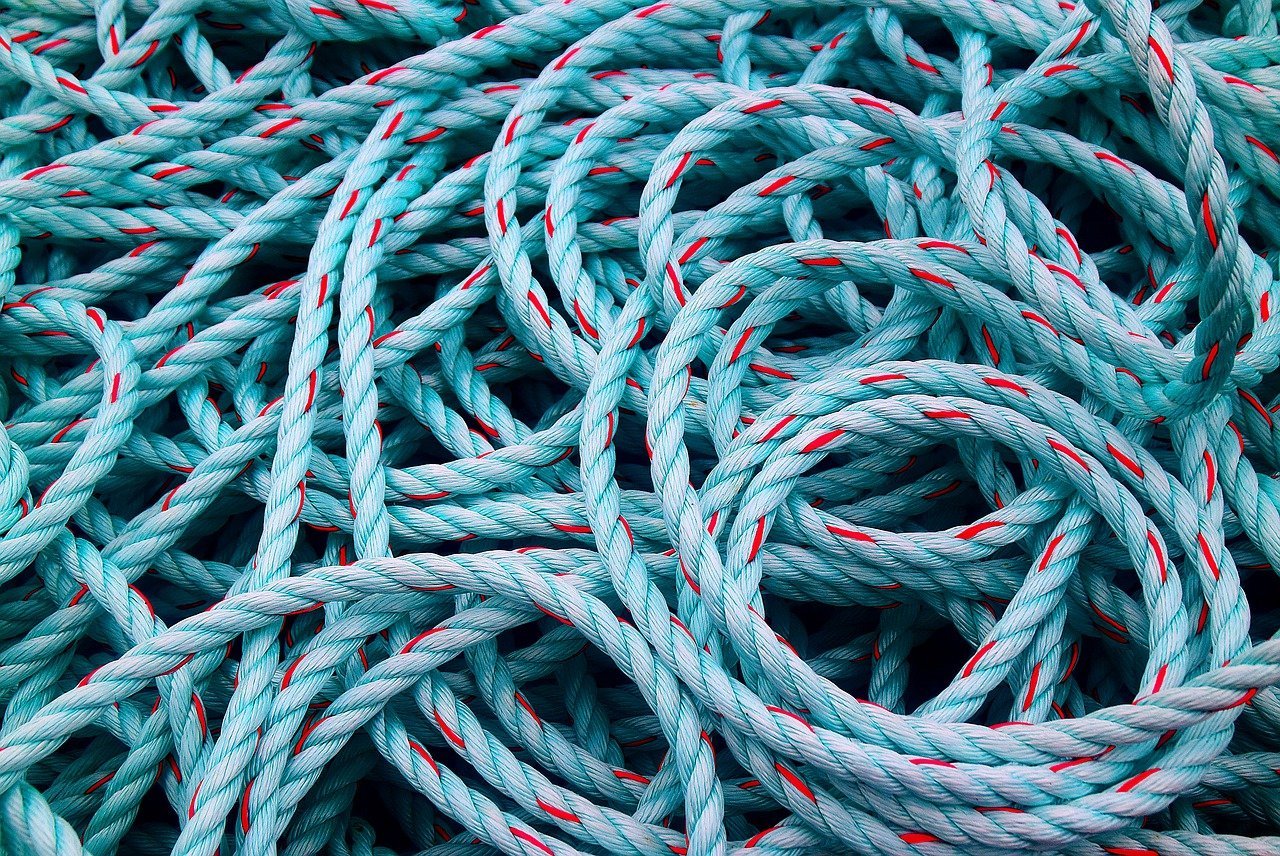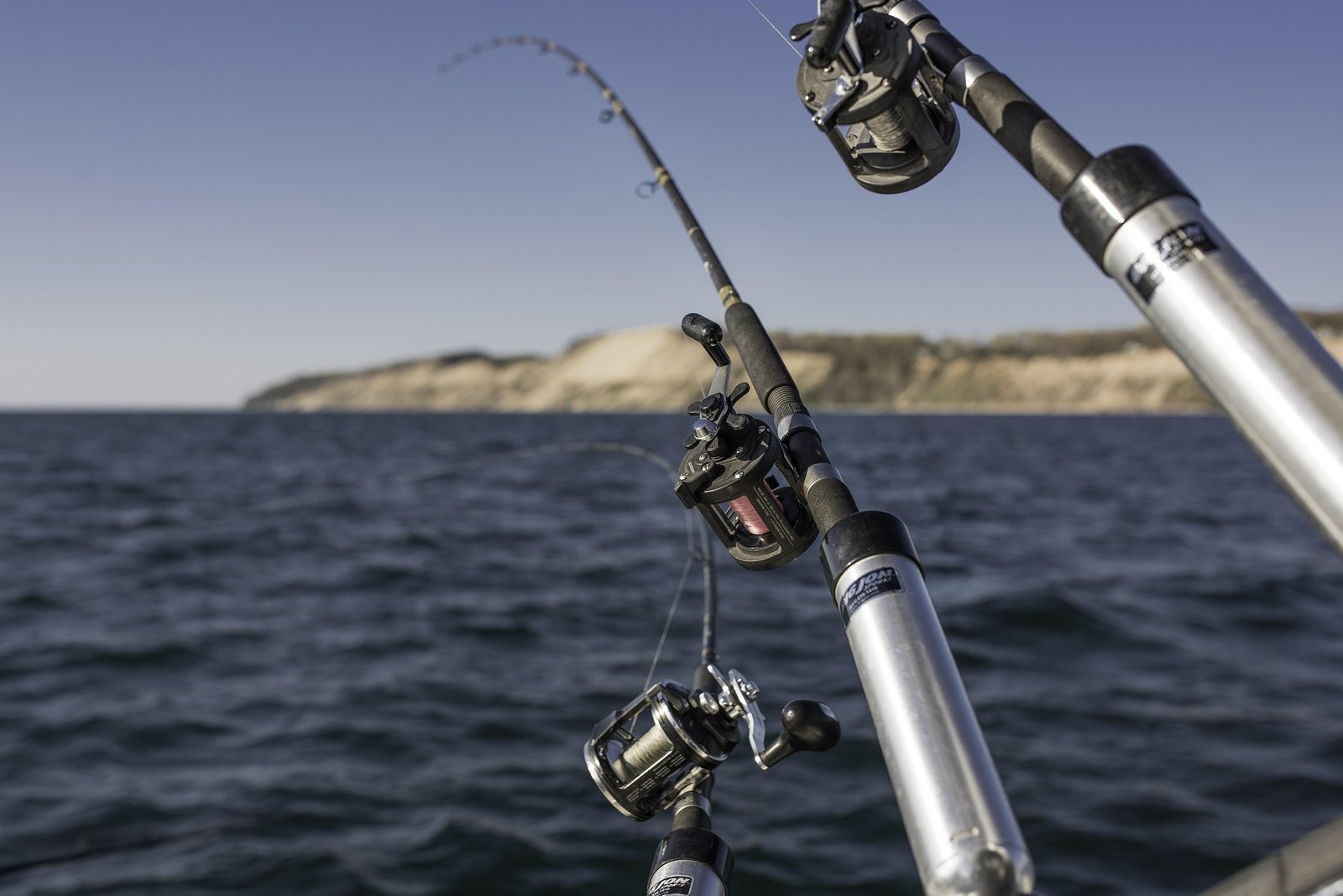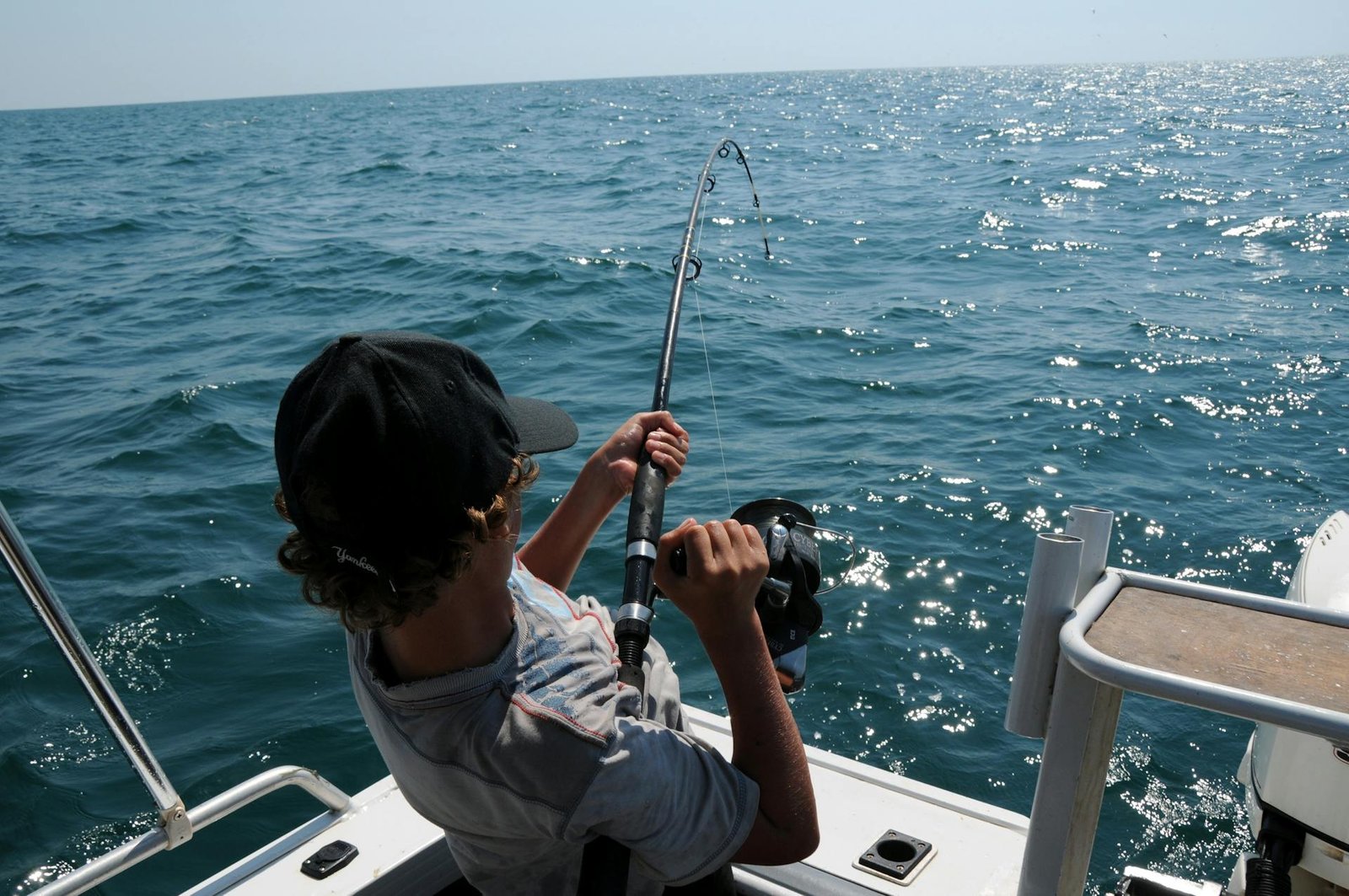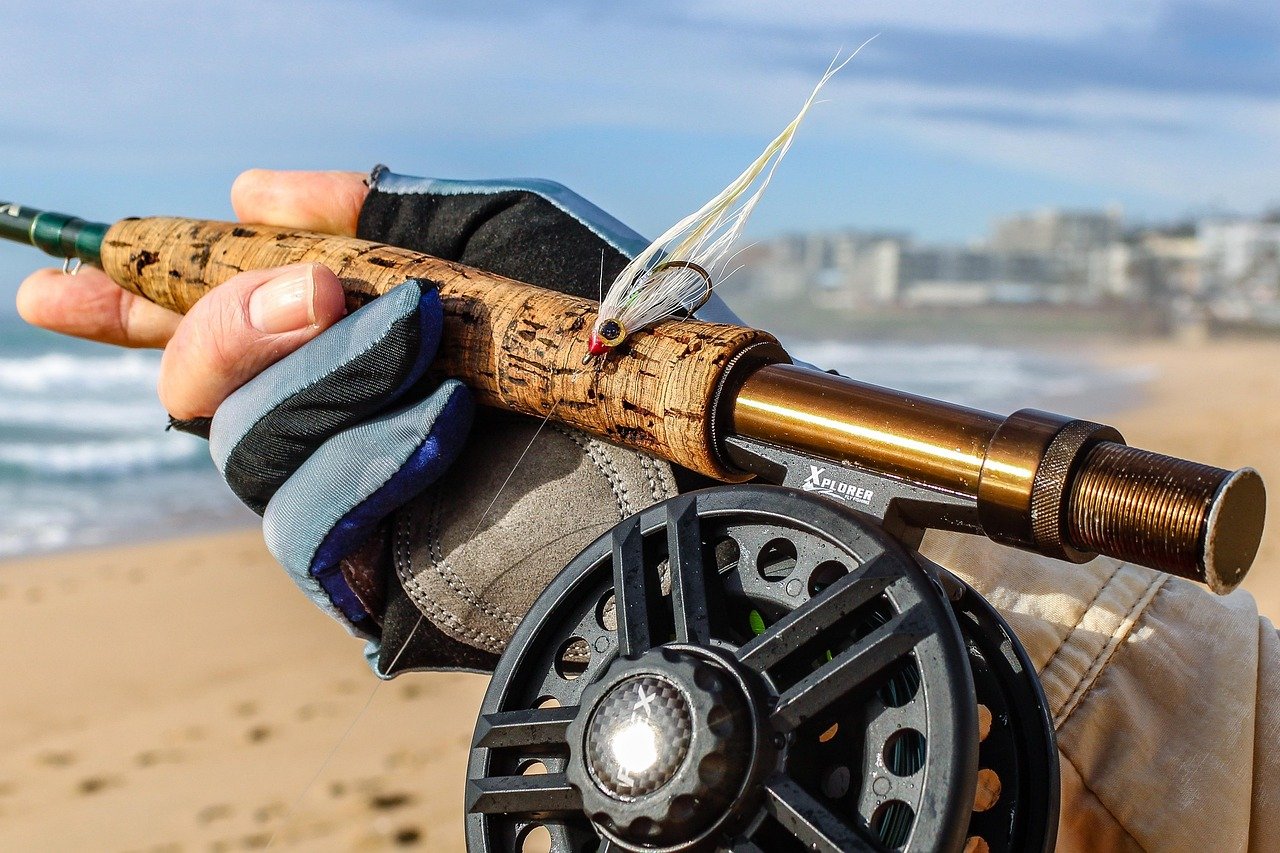Drift fishing offers a thrilling way to catch big fish without constantly moving your boat. By letting the current carry your bait naturally, you can target active fish in their favorite spots. Whether you’re a beginner or an experienced angler, these simple strategies will help you land bigger catches. Let’s dive into the best hacks for drift fishing success.
Table of Contents
- 1. Choose the Right Gear
- 2. Understand Currents and Speed
- 3. Find the Best Spots
- 4. Pick the Right Bait
- 5. Adjust Your Technique
- 6. Stay Patient and Observant
- 7. Prioritize Safety
- 8. Avoid Common Mistakes
- 9. Use Technology Wisely
- 10. Read Water Conditions
- 11. Master Drift Socks and Anchors
- 12. Practice Ethical Fishing
1. Choose the Right Gear
Start with a sturdy rod and reel combo. A medium-heavy action rod handles big fish while still feeling sensitive to bites. Match it with a spinning reel that holds enough line—30 to 50-pound test is ideal for larger species. Use heavy-duty hooks and weights to keep your bait deep. A fluorocarbon line cuts through water better than monofilament, making it less visible to wary fish.

2. Understand Currents and Speed
Currents are your best tool. Let the water’s flow carry your boat slowly over prime spots. Too fast, and you’ll spook fish. Too slow, and your bait won’t look natural. A drift sock—a parachute-like device—attached to your boat slows your drift. Experiment with different positions to find the perfect speed. Aim for 0.5 to 1.5 miles per hour.
3. Find the Best Spots
Look for structures where fish hide. Drop-offs, weed beds, and underwater ledges attract big fish. Use a map or GPS to mark these areas. Shallow flats near deeper water are also hotspots. Fish often gather where currents collide, like river mouths or bridge pilings. Spend time scouting before casting.
4. Pick the Right Bait
Live bait like minnows, worms, or nightcrawlers work best. Artificial lures mimic injured prey, triggering strikes. Match your bait to the season and target species. In spring, try shad or leeches. Summer calls for crankbaits or spoons. Fall and winter favor jigs or cut bait. Change your bait often if bites slow down.
5. Adjust Your Technique
Let the current do the work. Cast slightly upstream and let your line go slack. This keeps your bait moving naturally. Experiment with depths by adding or removing weights. Fish might be suspended or near the bottom. Pause your retrieve occasionally to mimic a struggling baitfish. A slow, steady drift often outperforms fast movement.
6. Stay Patient and Observant
Big fish strike when they’re ready. Avoid over-casting. Let your rig drift freely for at least 10 minutes before adjusting. Watch for subtle bite signs—line twitching, rod tip dipping, or line suddenly going slack. React quickly but smoothly to set the hook without breaking the line.
7. Prioritize Safety
Check weather forecasts before heading out. Strong winds or storms can turn a calm drift into chaos. Secure loose gear to avoid losing tackle. Wear a life jacket, even if you’re a strong swimmer. Always tell someone your fishing plans and expected return time.
8. Avoid Common Mistakes
Overloading your tackle box wastes space and slows you down. Pack only essentials. Test lines before casting to avoid tangled knots. Ignoring water conditions—like temperature or clarity—can cost you bites. Adjust your approach based on the day’s environment.
9. Use Technology Wisely
Apps like Tide Charts or Fishbrain predict tides and hotspots. GPS marks productive areas so you can return later. Sonar devices reveal fish activity beneath your boat. Combine tech with traditional methods for the best results. Update your gear regularly to stay ahead of the competition.
10. Read Water Conditions
Watch for surface clues. Ripples, foam lines, or diving birds signal fish below. Cooler water holds oxygen longer, attracting active species. In murky water, use scented baits or glow-in-the-dark lures. Adjust your approach based on what you see.
11. Master Drift Socks and Anchors
A drift sock slows your boat, keeping your bait in the strike zone. Attach it to the stern for maximum control. For stiller drifts, use a weighted anchor. Experiment with sock sizes—smaller ones for light currents, larger ones for stronger flows. Pair these tools with a compass to stay on course.
12. Practice Ethical Fishing
Release fish gently to protect future catches. Wet your hands before handling them. Use barbless hooks to reduce injury. Follow size and bag limits to maintain healthy populations. Respect private property and public access areas. Share tips with others to grow the sport responsibly.














Leave a Reply